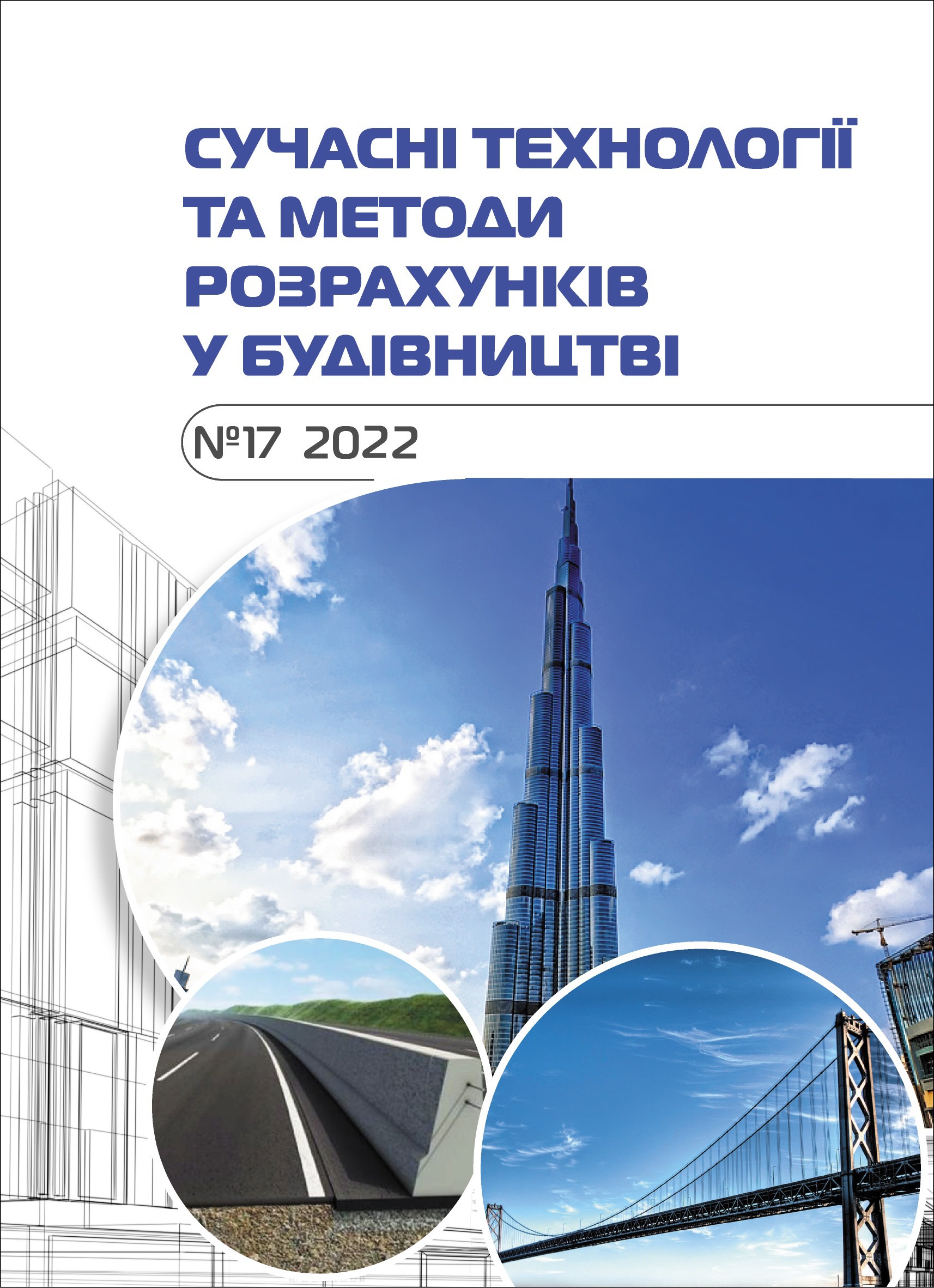Stress-strain state of wood beams with combined reinforcement at different load levels
Abstract
Timber is the oldest building material, which, due to its restorative, ecological cleanliness and aesthetics, strengthens its position in the construction industry market.At present, all calculations of constructions of solid and glued wood for different types of loads, according to the operating norms of different countries, are carried out by the method of boundary states, which are based on elastic wood work.
The methodology of calculation of elements from solid or glued wood for working on a pure transverse bend using a strain model based on a series of experimental studies and analysis of their work is developed. For the developed method, the concept of "calculated cross-section" is used, which involves the formation of a fold in front of a destructive state and four stages of a stress-strain state of a timber element operating on a straight transverse bend.
The proposed method of deformation model for the calculation of elements from wood is based on the use of complete diagrams of the mechanical state of the material under longitudinal compression, including the downward deformation branch at the critical stage of work.
Deformations in the calculated cross-section are determined by the curvature at any point of the section and taking into account the smallness of their values.
On the basis of deformations, the stress in a normal cross-section is described by two functions in three different sections: the first section is the tensile region from the bottom of the element to the neutral line; the second section - from the neutral line to the maximum stress in the compressed zone; the third section - from the maximum stress in the compressed zone to the top of the element.
The method for calculating solid and glued wood beams using a deformation model is developed. This method takes into account the distribution of stresses in height of the compressed and stretched zones of the calculated cross-section and provides for the formation of folds in the compressed zone of the element in the area of pure bending. It also fully allows to examine and experimentally investigate the stress-strain state under load of glued beams at different stages of their work.








